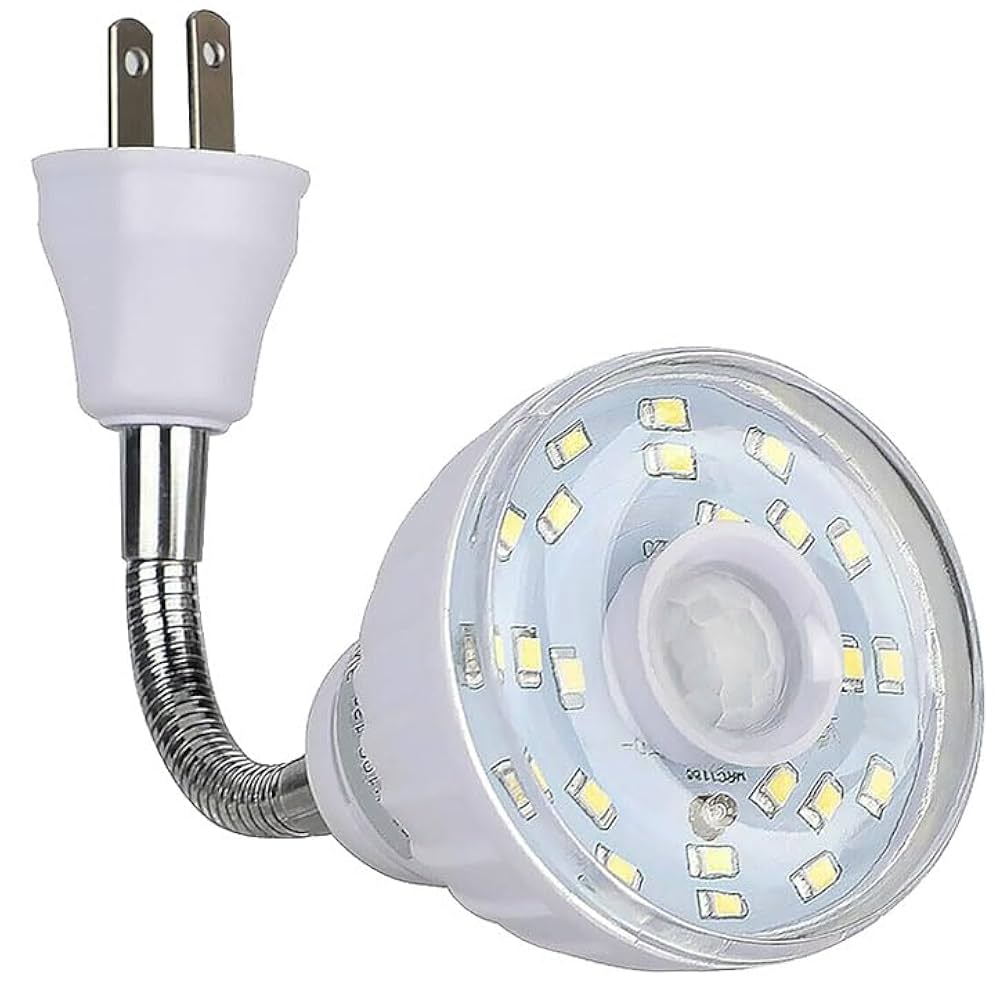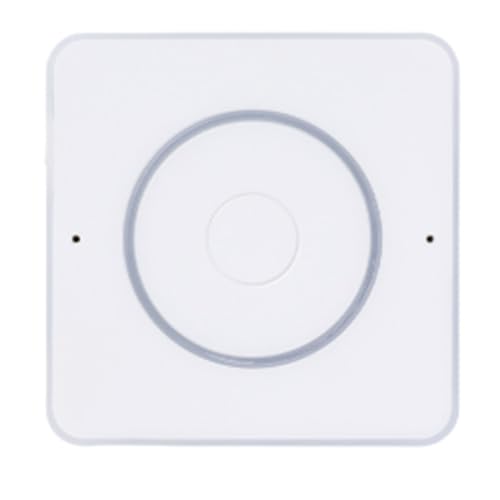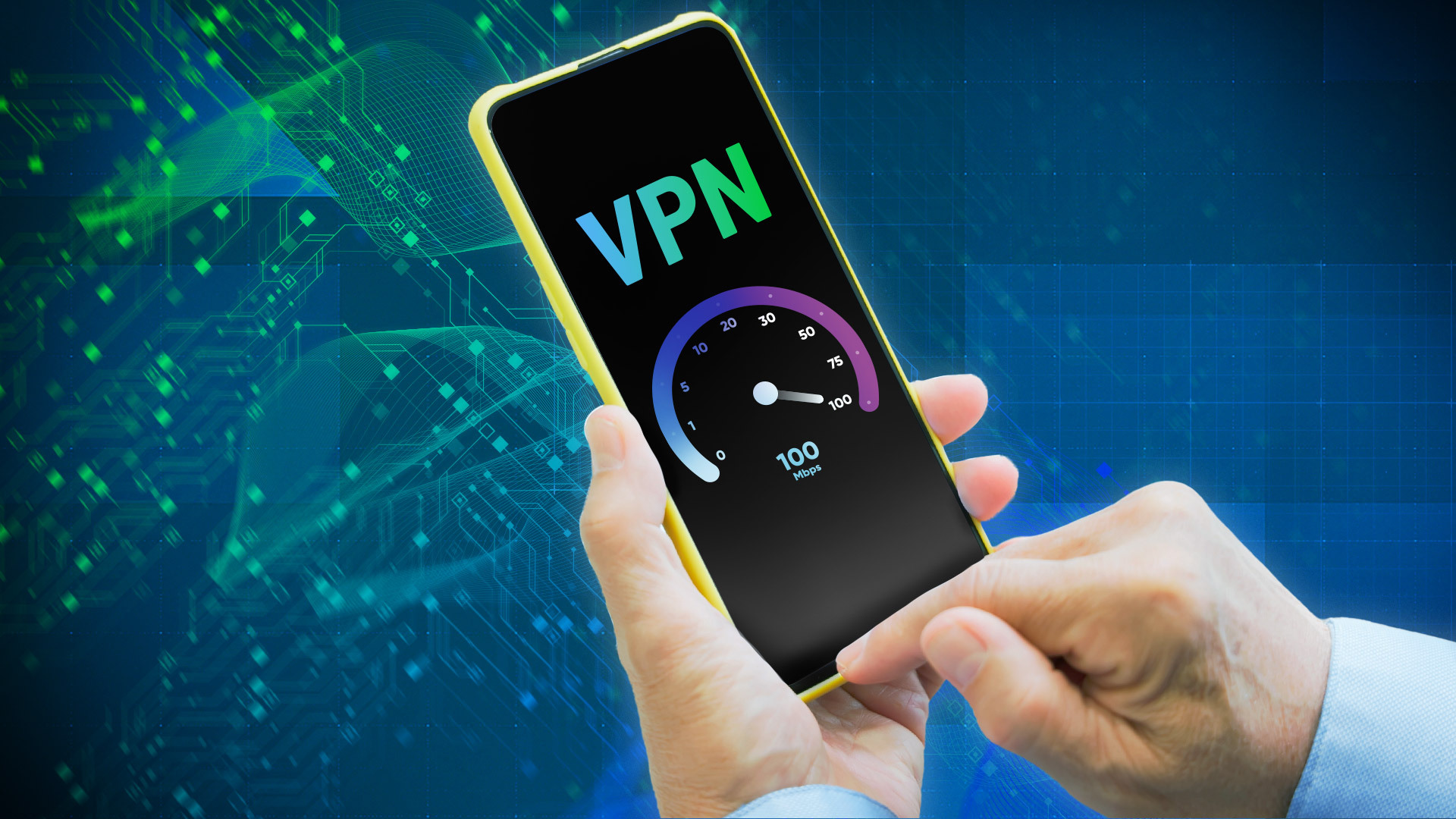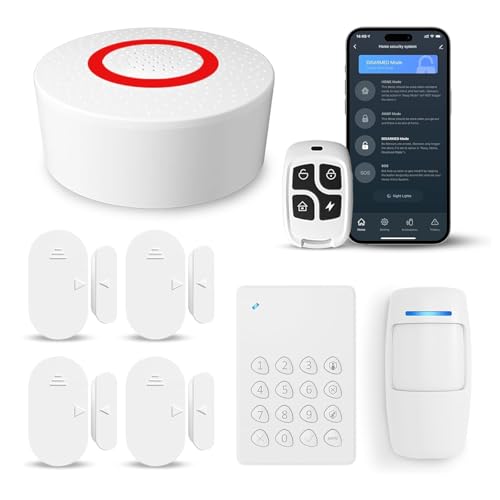Imagine walking into a room where the lights turn on just as you step inside, saving you the hassle of fumbling for a switch. Smart motion lighting does exactly that—and more.
It’s not just about convenience; it’s about making your home safer, cutting down energy bills, and adding a touch of modern comfort to your everyday life. If you want to discover how this simple technology can transform your space and why it’s becoming a must-have, keep reading.
Your home—and your wallet—will thank you.
Benefits Of Smart Motion Lighting
Smart motion lighting uses sensors to turn lights on and off automatically. It helps save energy and adds safety to homes and offices.
This technology makes lighting easier to manage and can improve daily life with smart controls.
Energy Efficiency
Smart motion lighting only turns on lights when someone is in the room. This cuts down on wasted electricity.
Using less power helps reduce electric bills and lowers your carbon footprint.
- Saves energy by lighting only occupied spaces
- Reduces electricity costs
- Helps protect the environment
Enhanced Security
Motion lights can scare off intruders by turning on unexpectedly. This makes your home or office safer.
They also help you see better at night, preventing accidents and improving awareness.
- Deters burglars with sudden light
- Improves visibility in dark areas
- Alerts you to movement outside
Convenience And Automation
Smart motion lighting turns lights on and off without using switches. This adds comfort and ease to your daily routine.
It can connect to other smart devices for more automation, like adjusting brightness or setting schedules.
- Hands-free lighting control
- Works with smart home systems
- Customizable settings and schedules

Credit: www.amazon.com
Types Of Smart Motion Sensors
Smart motion lighting uses sensors to detect movement. These sensors help lights turn on or off automatically.
There are different types of smart motion sensors. Each type works in a unique way to sense motion.
Passive Infrared Sensors
Passive Infrared (PIR) sensors detect heat from people or animals. They sense changes in infrared light in their view.
PIR sensors are common in home lighting. They save energy by turning lights on only when someone is nearby.
- Detect body heat in motion
- Work best with direct line of sight
- Do not detect through walls or glass
- Use low power and are cost-effective
Ultrasonic Sensors
Ultrasonic sensors send sound waves and listen for echoes. They detect movement by changes in the sound waves.
These sensors work well in dark or hidden areas. They can sense movement even if there is no heat change.
- Use high-frequency sound waves
- Detect movement around corners
- Can sense through thin objects
- May cause false alarms from small animals
Dual-technology Sensors
Dual-technology sensors combine PIR and ultrasonic sensors. They use both heat and sound to detect motion.
This combination reduces false alarms. Lights turn on only when both sensors detect movement.
- Use two different sensing methods
- More accurate motion detection
- Reduce false triggers from pets or objects
- Common in security and smart lighting
Choosing The Right Smart Lights
Smart motion lighting helps save energy and adds convenience. Choosing the right smart lights is important for your needs.
Think about how the lights will work with your devices and the features you want.
Compatibility With Smart Hubs
Smart hubs control many devices from one app. Choose smart lights that work with your smart hub.
Check if the lights support popular hubs like Alexa, Google Home, or Apple HomeKit.
- Ensure your hub and lights use the same protocol (Zigbee, Z-Wave, Wi-Fi)
- Look for lights with hub compatibility listed on the package
- Some lights work with multiple hubs, offering more flexibility
Light Color And Brightness Options
Smart lights come with different color and brightness settings. Choose lights that fit your room and mood.
Adjustable brightness helps save energy and improves comfort. Color-changing lights can create different atmospheres.
- White light options range from warm to cool tones
- RGB lights offer millions of colors for mood lighting
- Brightness measured in lumens shows light strength
Integration With Other Devices
Smart lights should work well with your other smart devices. Integration makes your home automation smoother.
Choose lights that can connect with sensors, cameras, or voice assistants for added control.
- Motion sensors can turn lights on or off automatically
- Voice control allows hands-free light adjustments
- Link lights with security cameras for better safety
Installation Tips For Motion Lighting
Smart motion lighting helps save energy and adds convenience to your home. Proper installation is key for the best results.
Follow these tips to place sensors correctly, handle wiring safely, and set detection zones precisely.
Optimal Sensor Placement
Place sensors where they can easily detect movement. Avoid spots blocked by furniture or walls.
Mount sensors high on walls or ceilings for wider coverage. Keep them away from heat sources like vents.
- Position sensors 6 to 10 feet above the ground
- Face sensors toward walkways or entrances
- Avoid direct sunlight on sensors
- Do not place sensors near air conditioners or heaters
Wiring And Power Considerations
Turn off power before starting any wiring to stay safe. Use proper tools and follow local codes.
Check if the motion light needs a neutral wire. Some models require one for power.
- Use wire connectors to secure connections
- Label wires to avoid confusion
- Test the light before finalizing installation
- If unsure, hire a licensed electrician
Setting Detection Zones
Adjust detection zones to cover the areas you want to light. Avoid zones that trigger false alarms.
Use the sensor’s manual to set sensitivity and range. Test zones by walking through them.
- Limit detection to entrances or pathways
- Reduce sensitivity near busy roads or trees
- Use masking tape to block unwanted areas
- Recheck zones after bad weather or landscaping changes
Customizing Lighting Scenes
Smart motion lighting lets you change how your lights work. You can set different scenes to match your needs.
Custom scenes make your home comfortable and energy-efficient. You control when and how lights turn on or off.
Scheduling And Timers
Set schedules to turn lights on or off automatically. Timers help save energy by limiting light use.
You can create daily or weekly plans for your lighting scenes. This keeps your home lit only when needed.
- Turn lights on before you arrive
- Switch off lights after bedtime
- Set different times for weekdays and weekends
Adjusting Sensitivity Levels
You can change how sensitive your motion sensors are. This controls when the lights react to movement.
High sensitivity detects small movements quickly. Low sensitivity avoids turning on lights for pets or small objects.
- Set sensitivity to avoid false triggers
- Adjust based on room size and use
- Test settings to find the best level
Creating Mood Lighting
Mood lighting changes the room’s feel with color and brightness. You can create scenes for relaxing or working.
Use warm lights for calm moments. Bright, cool lights help you stay alert and focused.
- Choose colors that match the activity
- Dim lights for a cozy atmosphere
- Use multiple scenes for different moods

Credit: www.amazon.com
Troubleshooting Common Issues
Smart motion lighting can improve home security and save energy. Sometimes, these systems have small problems.
This guide helps you fix common issues with smart motion lighting. Follow these tips to keep your lights working well.
False Triggers
False triggers happen when lights turn on without real motion. This can waste energy and annoy you.
Common causes include pets, moving branches, or passing cars. Check the sensor’s field of view for unwanted motion.
- Adjust sensor angle away from roads or trees
- Reduce sensor sensitivity in settings
- Use pet-immune sensors if pets trigger the lights
Connectivity Problems
Smart lights rely on Wi-Fi or other connections. If the connection drops, lights may not respond correctly.
Check your Wi-Fi signal strength near the light. Reset your router or the smart light if needed.
- Place lights closer to the router
- Restart your Wi-Fi router
- Reset the light by turning it off and on
- Update the light’s firmware through the app
Sensor Calibration
Proper sensor calibration helps the light detect motion accurately. Poor calibration causes missed or false detections.
Follow the manufacturer’s steps to calibrate your sensor. Test the sensor after calibration to confirm it works well.
- Set the detection range according to your space
- Adjust the sensitivity to avoid false alarms
- Test sensor in different lighting conditions
- Recalibrate if the sensor moves or you change the setup
Future Trends In Smart Lighting
Smart motion lighting is changing how we light our homes and offices. New technologies make lights smarter and more energy efficient.
Future trends will bring better control, smarter sensors, and new ways to save power. These changes will improve comfort and reduce energy use.
Ai Integration
Artificial intelligence helps smart lights learn your habits. Lights can adjust brightness and color based on your daily routine.
AI also improves motion detection by recognizing different types of movement. This makes lighting more accurate and saves energy.
Voice Control Enhancements
Voice control will get faster and understand more commands. You can control lights with simple words and phrases.
New voice systems will work better in noisy rooms and support multiple users. This makes smart lighting easier to use for everyone.
Energy Harvesting Technologies
Energy harvesting collects power from the environment to run smart lights. It uses sources like solar, motion, or heat.
This technology helps smart lights work with less need for batteries or wires. It lowers energy costs and supports green living.
- Solar panels on light fixtures
- Motion-powered energy devices
- Heat sensors converting warmth to power

Credit: www.amazon.com
Frequently Asked Questions
What Is Smart Motion Lighting Technology?
Smart motion lighting uses sensors to detect movement and automatically control lights. It enhances energy efficiency and convenience in homes and offices.
How Does Smart Motion Lighting Save Energy?
It turns lights on only when motion is detected and switches them off after inactivity. This reduces unnecessary power usage and lowers electricity bills.
Can Smart Motion Lighting Improve Home Security?
Yes, it deters intruders by activating lights upon detecting movement. It also alerts homeowners to unusual activity, enhancing overall safety.
Are Smart Motion Lights Easy To Install?
Most smart motion lighting systems are designed for simple installation. They often require minimal wiring and can be integrated with existing smart home devices.
Conclusion
Smart motion lighting brings convenience and safety to homes. Simple installation and easy use make it a smart choice. It saves energy by activating only when needed. Perfect for enhancing home security. No more fumbling in the dark. This technology adapts to your lifestyle.
Ideal for busy families or anyone seeking efficiency. Cost-effective and practical. Smart motion lighting is an investment in comfort and peace of mind. Consider it for a brighter, safer home environment. Embrace the benefits and enjoy the ease it offers.
A step towards smarter living.
18 min read







